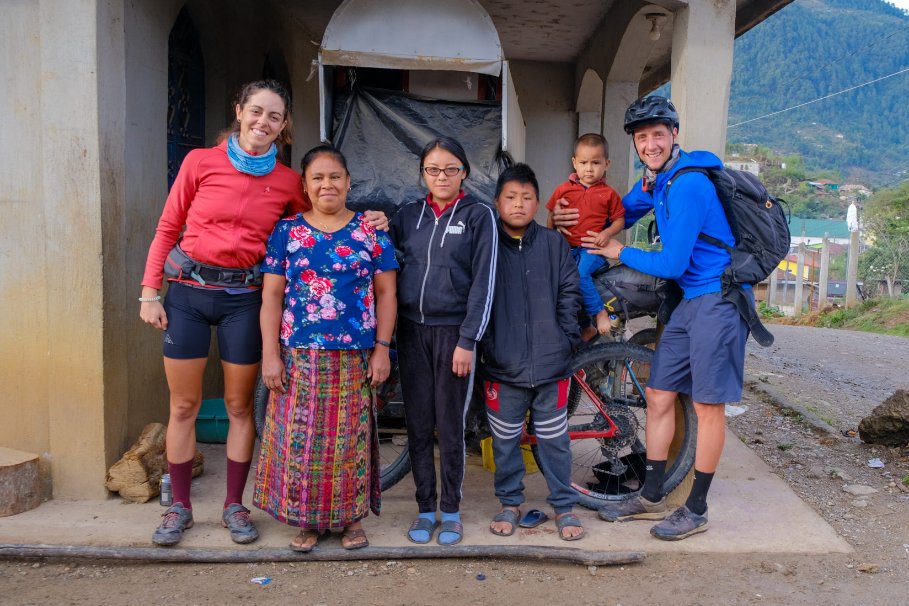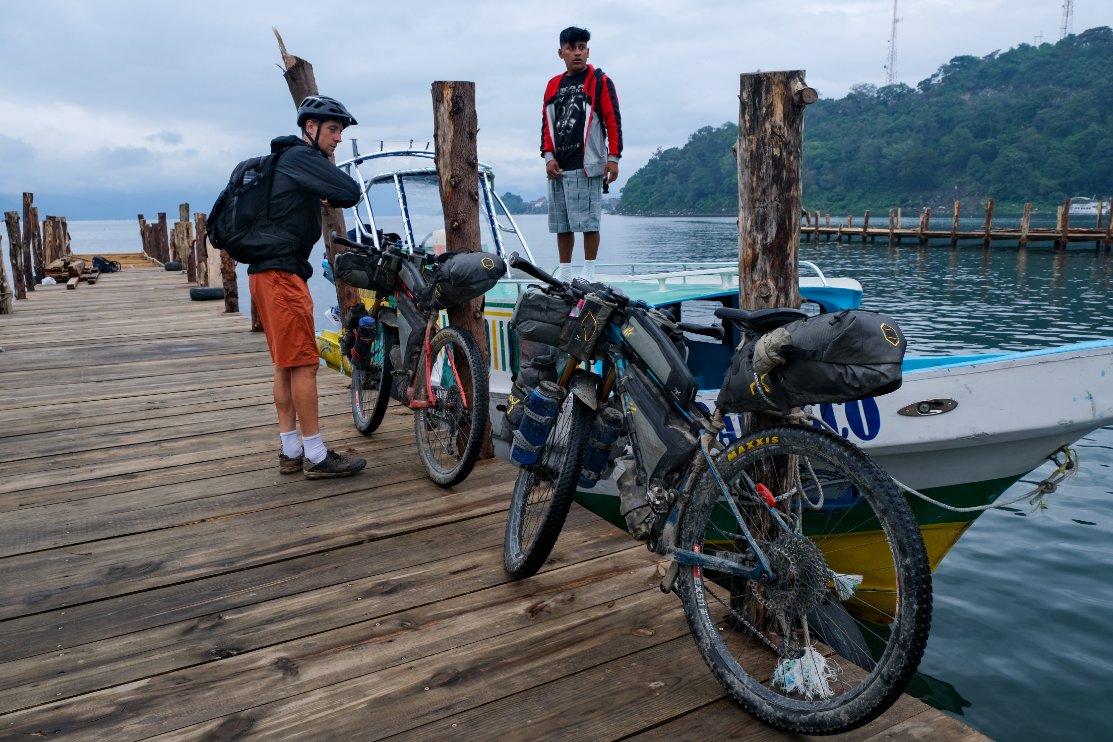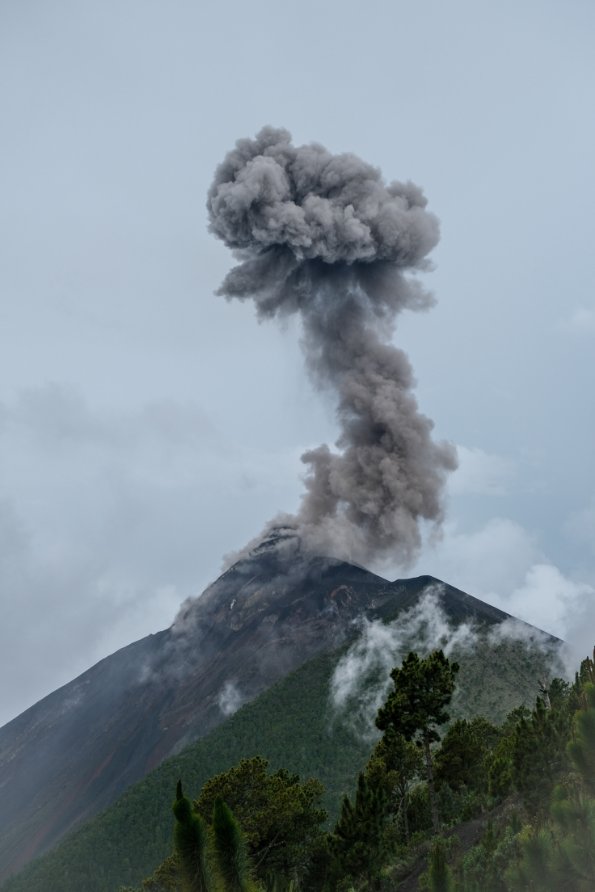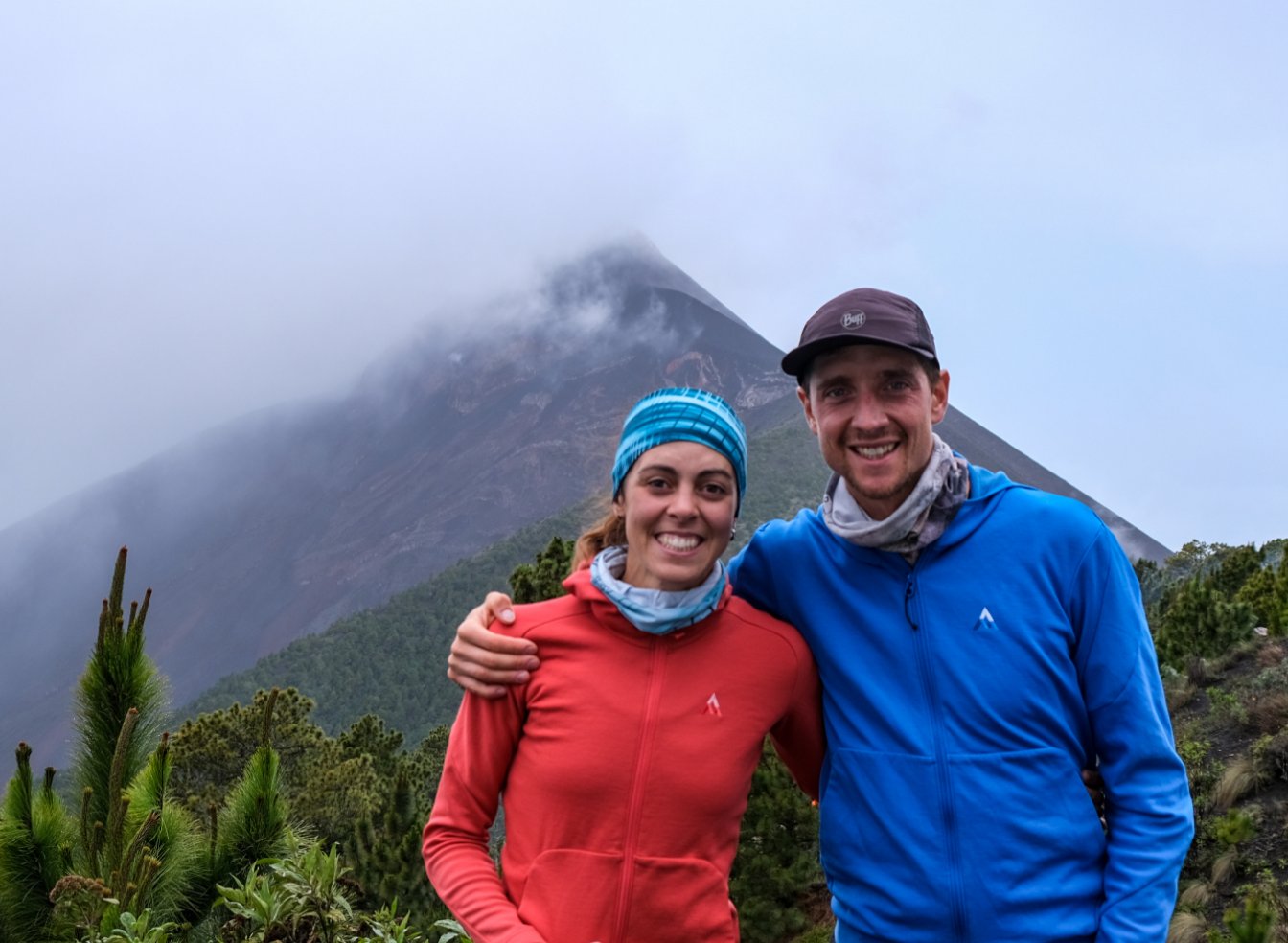Guatemala is a small country of contrasts and is characterised by being a very mountainous place. Our adventure can be summed up in climbs, rain and a great variety of landscapes. But let's start at the beginning. After four and a half months in Mexico, crossing from north to south, we arrived at the border town of Gracias a Dios.
A few questions, a valid passport and a stamp welcoming us to Guatemala to begin our adventure to the heart of the country. We exchanged the Mexican pesos we had into quetzales and we were ready to enter this fascinating place.
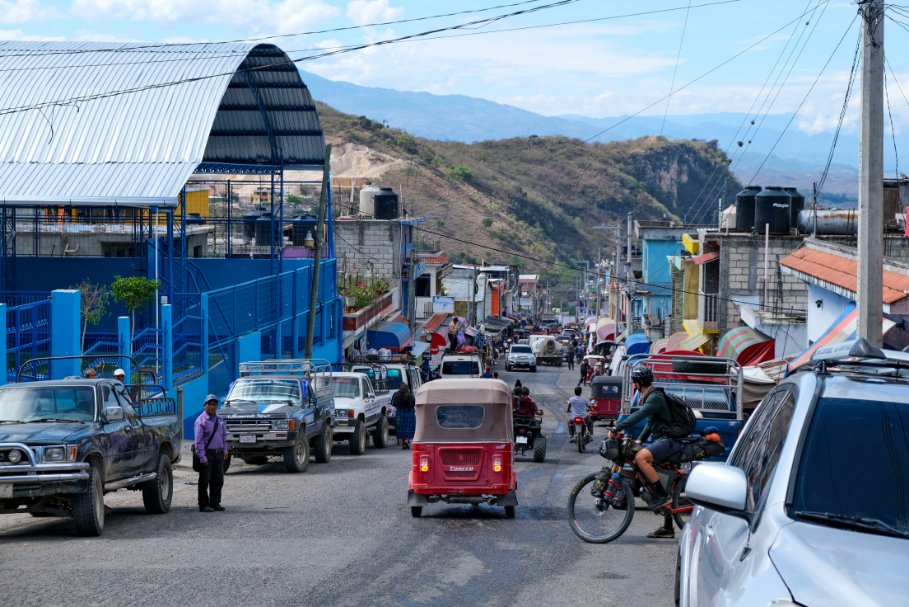
Our interest in learning about new cultures, and especially the country's indigenous minorities, led us to cross the first part of northern Guatemala through the Sierra de los Cuchumatanes. This plateau rises above 3000m between pine forests and villages that have managed to preserve their traditional dress, customs and language.
But this interest was reciprocal as we were also objects of interest for the locals and we were often asked for photos and watched as they took videos of us on the sly.
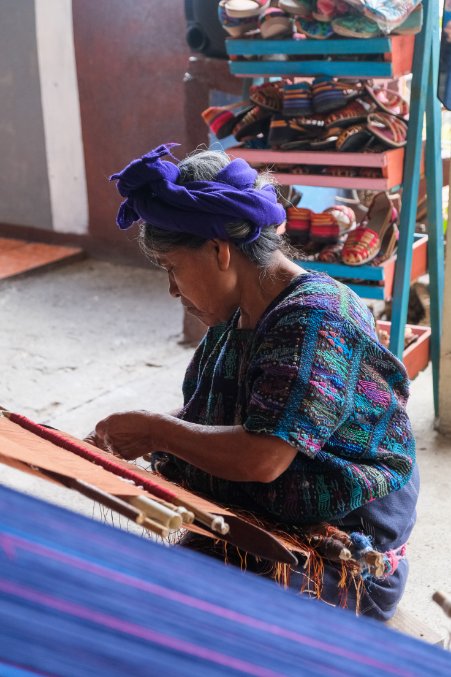
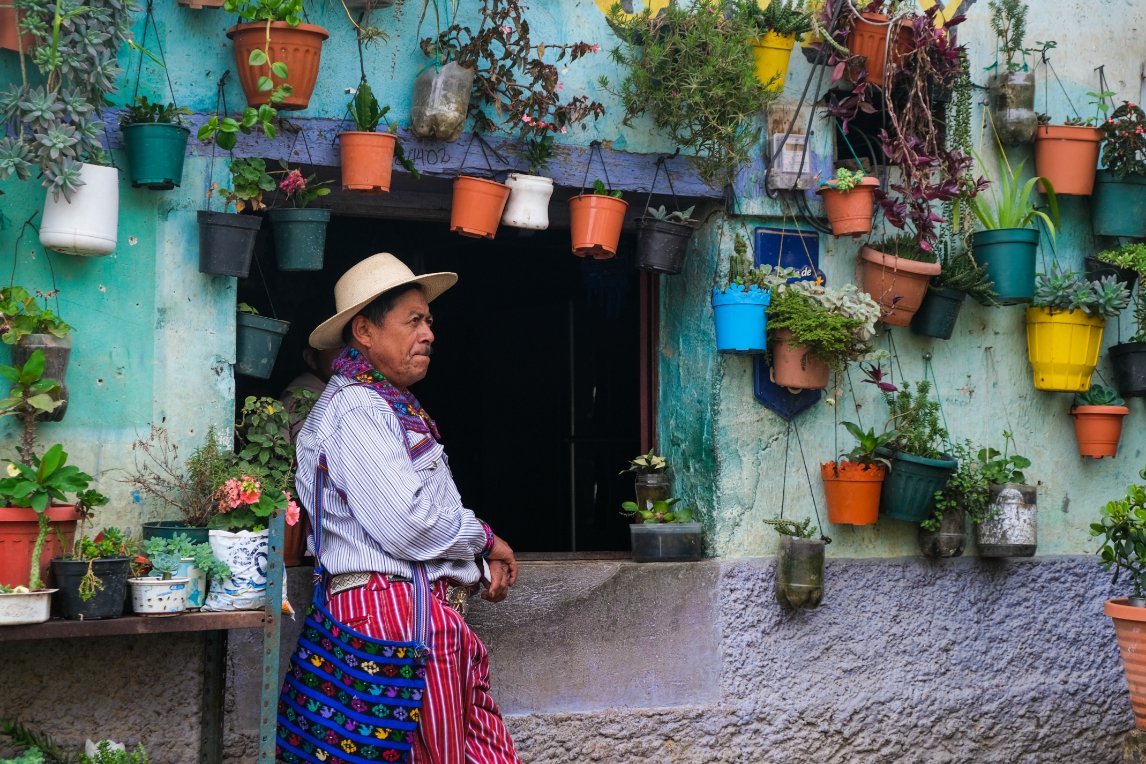
The first few rides in the country already gave us a glimpse of what awaited us in terms of terrain and climate. We can say without a doubt that in Guatemala we had the hardest climbs so far. The 15% gradients were extremely demanding climbs to rest on.
But on top of that, we arrived in Guatemala during the rainy season and at a time when a hurricane was hitting southern Mexico. These were really hard days, the rain gave us no respite and what were meant to be afternoon showers, turned into constant daily showers.
SOME MAIN ROADS HAD DISAPPEARED DUE TO THE WATER AND THE OPTIONS TO CROSS THE AREA WERE NOT ALWAYS THE MOST IDEAL.
The alternative paths were synonymous with pushing through mud and having to put the whole bike in the river to clean it a bit if you wanted to be able to move forward again. But we kept crossing valleys, looking for places to hide when the sky started to fall and enjoying every time the sun came out.
We never knew what we would find along the way, there are many communities whose names do not appear on any map. But in some of these places where we wanted to hide from the rain, we were lucky enough to meet very nice families with whom we could share experiences, a hot meal and a cup of coffee.
WE ARRIVED IN CHIMBÁN AFTER A CLIMB THAT GAVE US NO RESPITE AND AFTER CYCLING UNDER THE RAIN FOR HOURS.
We were wet and wanted to find a place to spend the night and try to dry our clothes. I say "try" because our clothes never dried during the whole journey through Guatemala. At the only place to stay in the village, they couldn't help us, as the owners were drunk. The woman in the shop next door, seeing us in this situation, offered us a place to stay in her house where we could recover from the cold with a bowl of soup and a plate of beans.
These encounters also helped us to get to know more about the reality of these small indigenous villages that, although separated by only a few kilometres, are unable tocommunicate with each other. communicate with each other. On the one hand, the roads that might seem to be the main and only means of communication between these villages communication routes between these villages, tend to be tracks in poor condition, which are not always that are not always carriageable.
Other times, the option of being able to buy a car does not exist, as they do not have sufficient economic resources to do so. On the other hand, although the distances between communities are small, a few kilometres are enough for the language to change and they cannot understand each other.
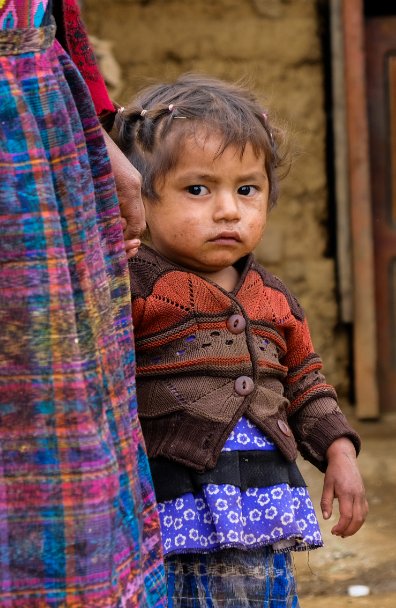
Guatemala is a culturally very diverse country, with 25 languages, 22 of which are of Mayan origin, and although Spanish is one of the most widely spoken official languages, it is not understood by the entire indigenous population. In fact, the majority of the population in this area is alliterate.
Some children approached us curiously to touch the bikes with a "Hello", and when we told them that they could speak to us in Spanish without any problem, their reaction was "No, no, no, no followed by their language.





